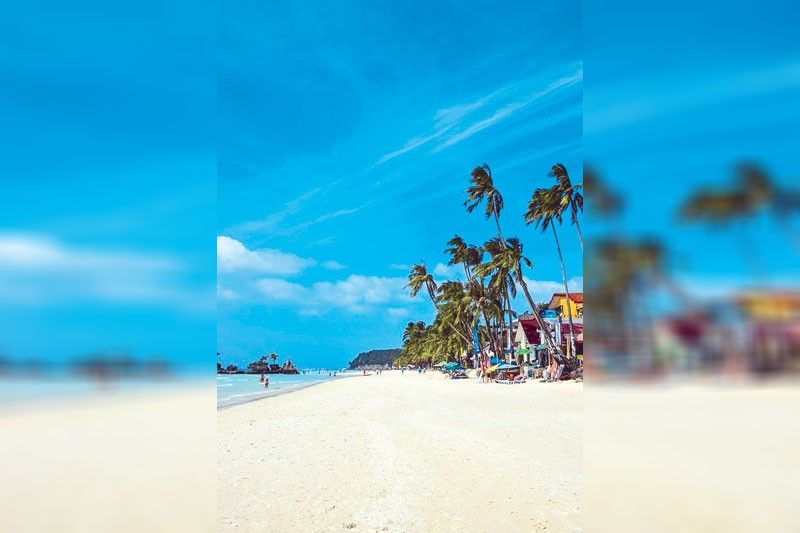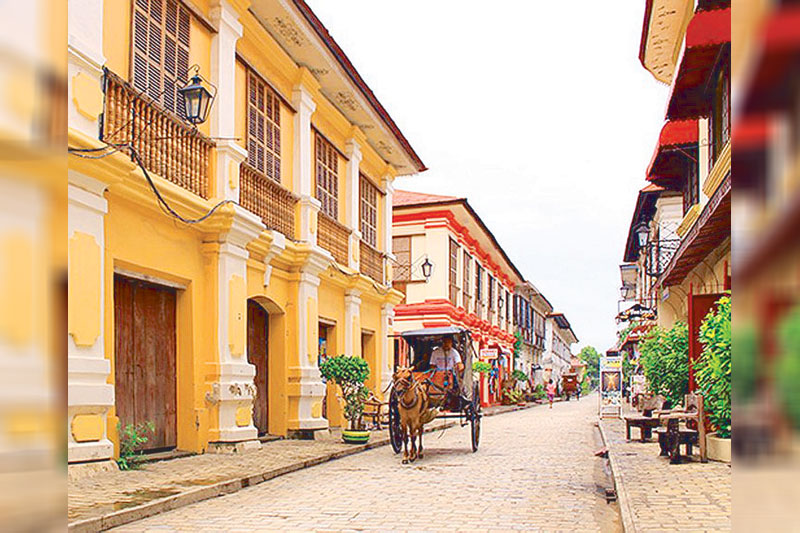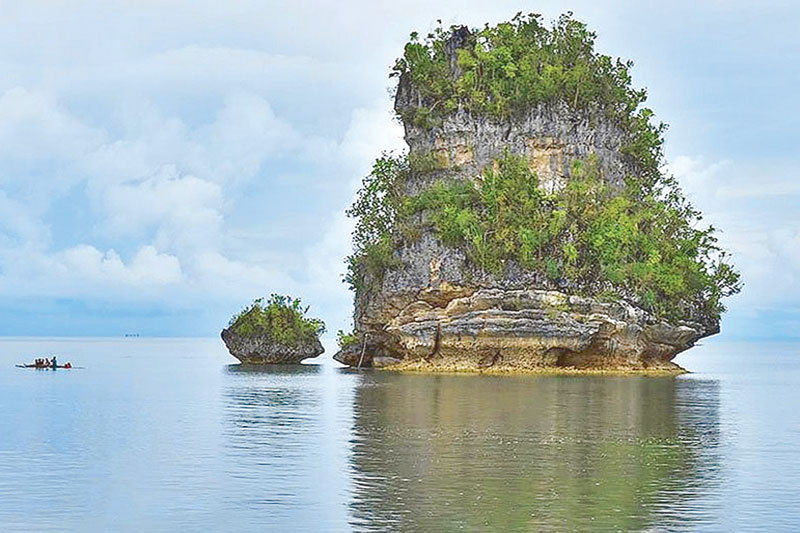A positive year for tourism

“To a certain extent, Boracay has recovered and has been reaping awards from various publications and bodies as one of the world’s best island destinations,“ Tourism Congress of the Philippines (TCP) president Jose Clemente III told The STAR.
Since its six-month closure in April 2018, Boracay has become a model for sustainable tourism in the global tourism arena, gaining more attention from international travelers.
Despite its closure last year, Boracay remained a favorite among international travelers, as it was voted as the Best Island in Asia by readers of Conde Nast Traveler, as well as ranking ninth in Travel+Leisure’s Best Island in Asia list this year.

The Department of Tourism (DOT) was also recognized by the Japan Tourism Awards (JTA) this year for its efforts in promoting sustainability with the closure of Boracay.
“The award-giving body cited the socially advanced initiatives by taking a high risk of closing and pursuing a cohesive effort to implement the physical, social, environmental and social recovery of the world-renowned resort,” the DOT earlier said.
The JTA recognizes the efforts of tourism organizations around the globe that contribute to the development and expansion of the industry, also honoring exceptional efforts of groups towards sustainable tourism development.
While the island has opened to tourists, with carrying capacity in place, the rehabilitation is still ongoing, with roads on the backside of the island targeted for completion in the first quarter of 2020.
“We are focusing on reintroducing Boracay to markets which have gone on to other destinations as a result of the rehabilitation. There is still much work to be done but we are confident that Boracay will continue to be one of the crown jewels of the Philippines,” Clemente said.
Apart from Boracay, several other Philippine destinations have also gained global recognition, such as Palawan, which was among the top 15 Best Islands in the World named by Travel+Leisure.
The island also landed on CNN Travel’s list of 10 of the world’s most beautiful islands.
In addition, CNN also included the city of Vigan in its list of Asia’s most picturesque towns.
The Philippines’ dive tourism offerings also gained traction this year as it was named the World’s Leading Dive Destination at the World Travel Awards (WTA).
Palawan’s Amanpulo Resort was also recognized by the WTA as the world’s leading dive resort.
In October, the Philippines earned its first Asia’s Leading Dive Destination award at the WTA’s gala event for Asia and Oceania in Vietnam after multiple nominations since 2006.
“Global interest in the Philippines as a tourist destination is already there, we just need to sustain the interest by intensifying our tourism promotions and introduce the country’s hidden gems or destinations that have yet to be discovered by tourists,” DOT Secretary Bernadette Romulo-Puyat said.

Tourism figures
Puyat earlier cited the growing recognition for the country’s sustainable tourism efforts as among the drivers of the increase in tourist arrivals.
Foreign arrivals in January to October grew 15 percent to 6.8 million from 5.9 million in the same period last year.
This puts the Philippines on track to meet its 8.2 million foreign arrivals target for 2019 under the National Tourism Development Plan (NTDP) 2016-2022.
“Of course numbers are very important but, for us, the revenue – how much was earned – is more important,” Puyat said.
She added that the country is on track to meet its tourism receipts target for this year of P564 billion under the NTDP.
Tourism receipts reached P379 billion from January to September this year, around 67 percent of the full-year target.
Fernando Roxas, Asian Institute of Management Dr. Andrew Tan Center for Tourism executive director, said the Philippine tourism strategy should evolve from attracting more tourists to maximizing tourism revenues.
“If our tourism revenues do not rise beyond 15 percent then I will get worried. Our concerns for sustainability are better addressed by increasing revenues from tourists rather than aiming for increased arrivals which exacerbate our carrying capacity,” he said.
“Because we live in an archipelagic nation, our ecology is fragile, with little scope for economies of scale – our airports are congested and there are not enough hotel rooms. The focus of the strategy should be getting a larger share of pocket from the tourists we already have,” Roxas added.

Partnership with private sector
The tourism secretary has always emphasized the importance of working with the private sector.
“The industry cannot thrive without that partnership between the private sector and the government,” Philippine Tour Operators Association (PHILTOA) president Cesar Cruz said.
Cruz emphasized that private and public sectors have respective roles to play in the growth of the industry, with the government through the DOT providing marketing and promotion.
“The private sector provides the conversion of these tourism products into receipts, meaning to say it has to be patronized by the tourists out there. So it’s a very, very close partnership,” Cruz said.
For his part, Clemente said the partnership between the DOT and the private sector has never been stronger.
“We greatly appreciate that the DOT, especially Sec. Puyat, has stated that she wants initiatives and projects to be led by the private sector,” Clemente said.
“There are constant productive discussions about directions, efforts and other programs between the DOT and the stakeholders which have, I believe, led to very good results,” he added.
Clemente said the TCP continues to exercise its mandate by reaching out to stakeholders across the country to find out what their concerns are and what ideas they have to better improve the country’s tourism product.
“The DOT has been open to these ideas and has supported the TCP immensely,” he added.
As the year comes to a close, Puyat expressed confidence in sustaining the growth of the Philippine tourism industry.
“This year’s winning streak tells us that for as long as we remain committed to our advocacies and long-term goals, we can reach greater heights for the industry,” Puyat said.
“The collective efforts and resolve of the whole tourism industry have paid off with the continued increase in our visitor arrivals and tourist receipts as well as recognition from major international award giving bodies,” the tourism chief said.
Clemente said while the tourism sector has done well for 2019, the country has just scratched the surface of what the Philippines can offer to the world in terms of tourism.
“We need to continue developing destinations as we have over 7,000 islands,” the TCP president said.
“We need to spread the benefits of tourism to all parts of the country and, at the same time, have sustainability at the heart of it. Tourists are constantly looking for new places to discover and the Philippines is a destination that can offer a diverse product of culture, sights, history, food and activities,” he concluded.




















